Room with a cru — how an 'enduring legacy of lockdown' is the latest must have in interior design
Long gone are the dusty cellars of the past. Now is the time to make the place you store your wine as pleasurable as drinking it.
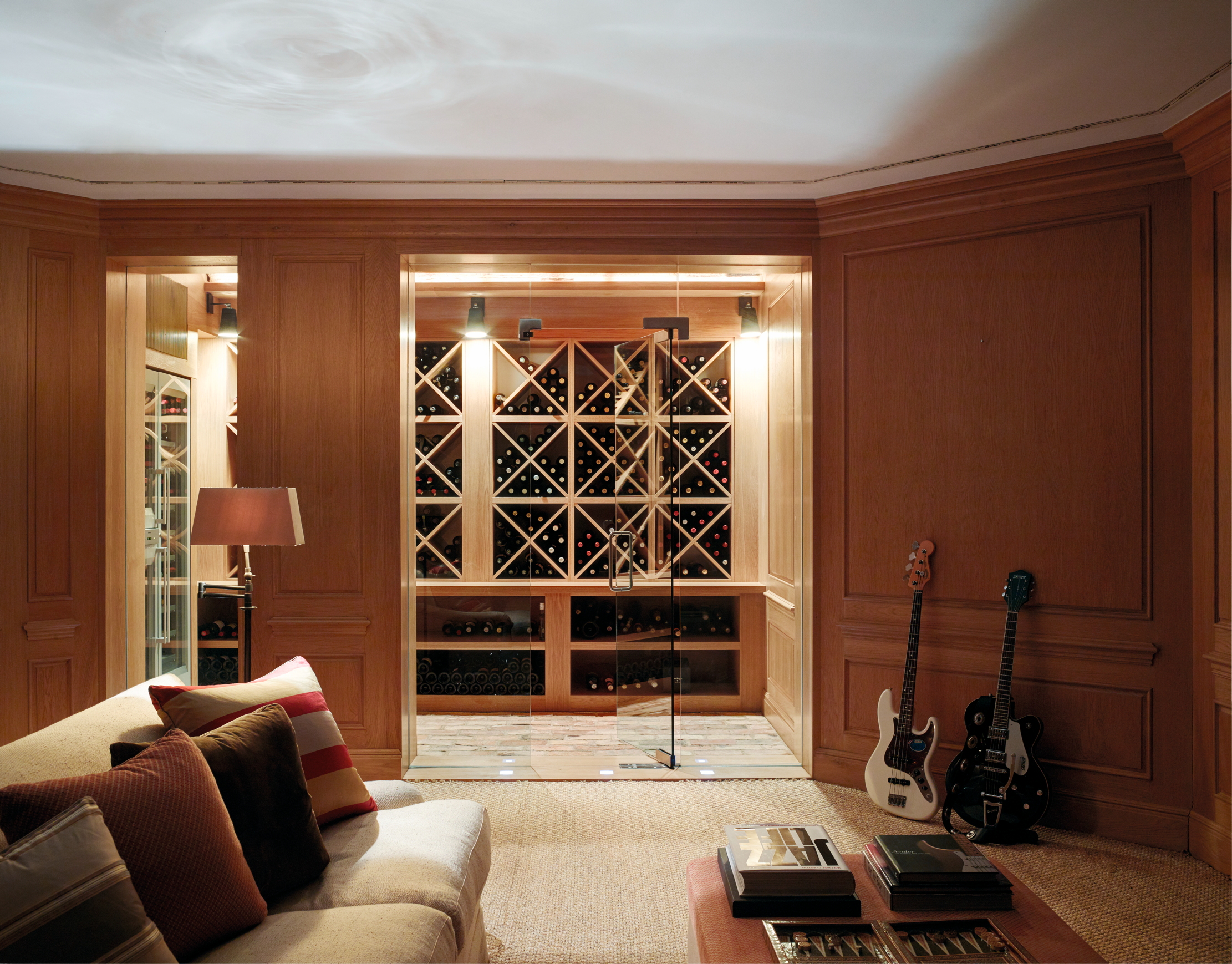

Wine rooms appear to be yet another of the enduring legacies of lockdown. ‘Whereas we might have designed the occasional one in the past, now just about every project seems to include a wine room or wine display area,’ says interior designer Philippa Thorp. ‘Nowadays, we want to have a little fun with our wine and show it off, rather than cellaring it away so that no one knows it is there.’
Although there are all sorts of ways of designing wine rooms to suit individual taste and size and value of collections, what they share, says Mrs Thorp, is a celebration of the magic of display. ‘Make the wine worth looking at, just as you might a piece of art,’ she says. ‘Choose beautiful materials, such as felt and velvet mixed with metal and wood, perhaps with an aged stone floor, and light it well.'
In a recent project, Thorp Design created a basement den, with areas for playing music, singing, playing poker and drinking wine late into the evening. ‘Unlike traditional cellars, these are interactive spaces, designed to be enjoyed with friends,’ she says. In this room, frameless transparent glass doors offer excellent views of the bottles, stored in bespoke joinery, with a wine fridge to condition bottles ready for drinking. ‘Lighting accentuates the sense of theatre, a rustic brick floor introduces texture and different styles of shelving create interest,’ she notes.
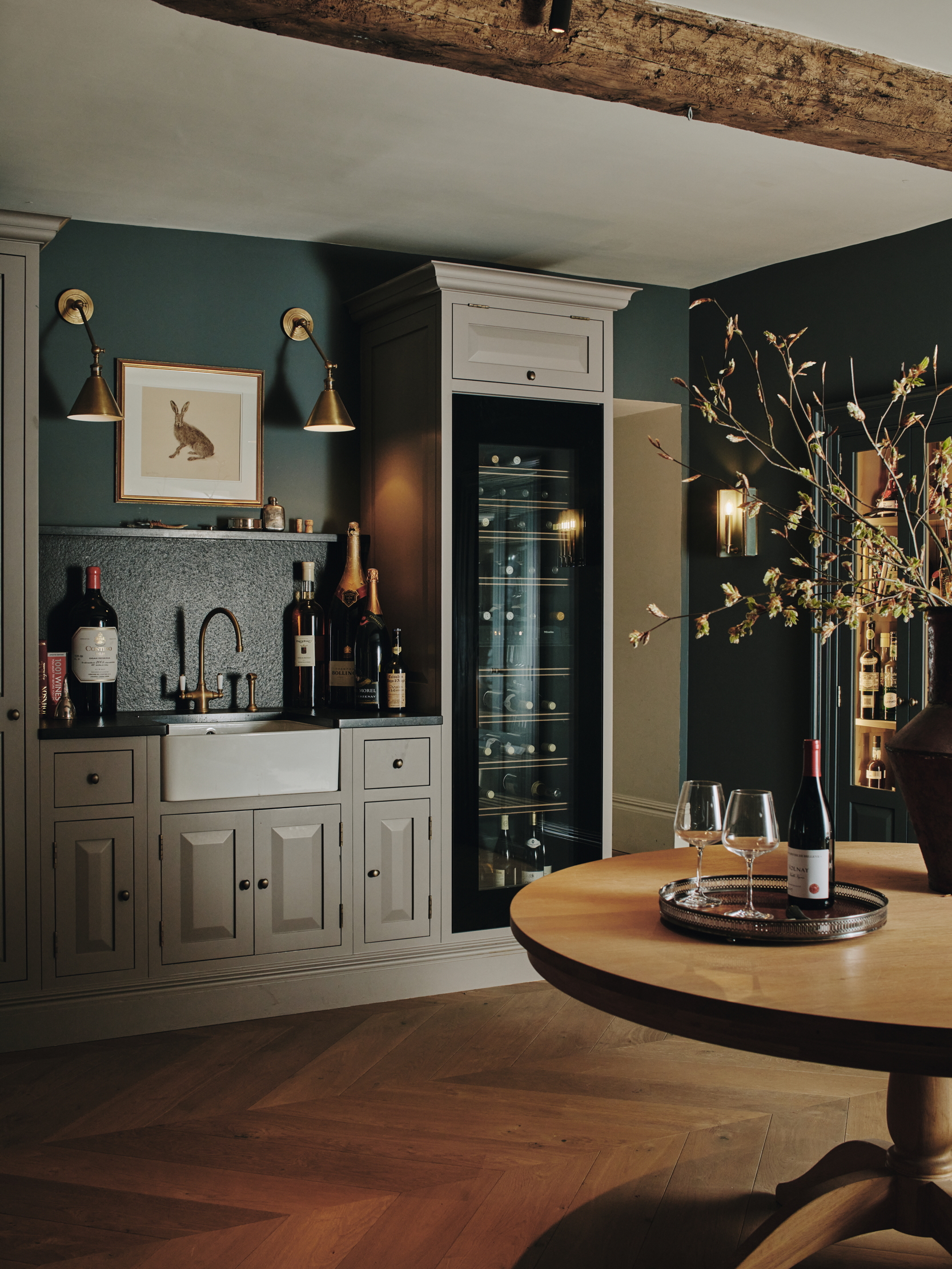
Interior designer Emma Sims-Hilditch agrees that a wine room can heighten the enjoyment of entertaining at home, having recently completed a design in a 17th-century manor house. Here, the wine room has been built between the kitchen and dining room, linking the spaces and enlarging the entertaining areas of the house. ‘It has no windows, so there is limited natural light, and we deliberately avoided underfloor heating and radiators to ensure it remains cool, perfect for a wine room,’ she explains.
‘A wine room is a luxury, not an everyday room, but if you have the space, it can be used to conjure up a special atmosphere, reflecting some of the passion that goes into making wine and the enjoyment of it as an art form,’ she continues. ‘Although it is important to prioritise functionality, so that the layout isn’t cluttered, there is also an opportunity to create a moody, candlelit feel reminiscent of cellars in Burgundy or Bordeaux.’ Here, dark painted walls accentuate the atmospheric feel and brass lighting casts a warm glow. An oak centre table is both decorative and practical, creating a serving space, a sink is used for rinsing glasses and storage includes a wine fridge, a glazed cabinet for stemware, drawers for corkscrews and knives and — out of sight of the camera — a wall of bespoke racking is used for displaying bottles.
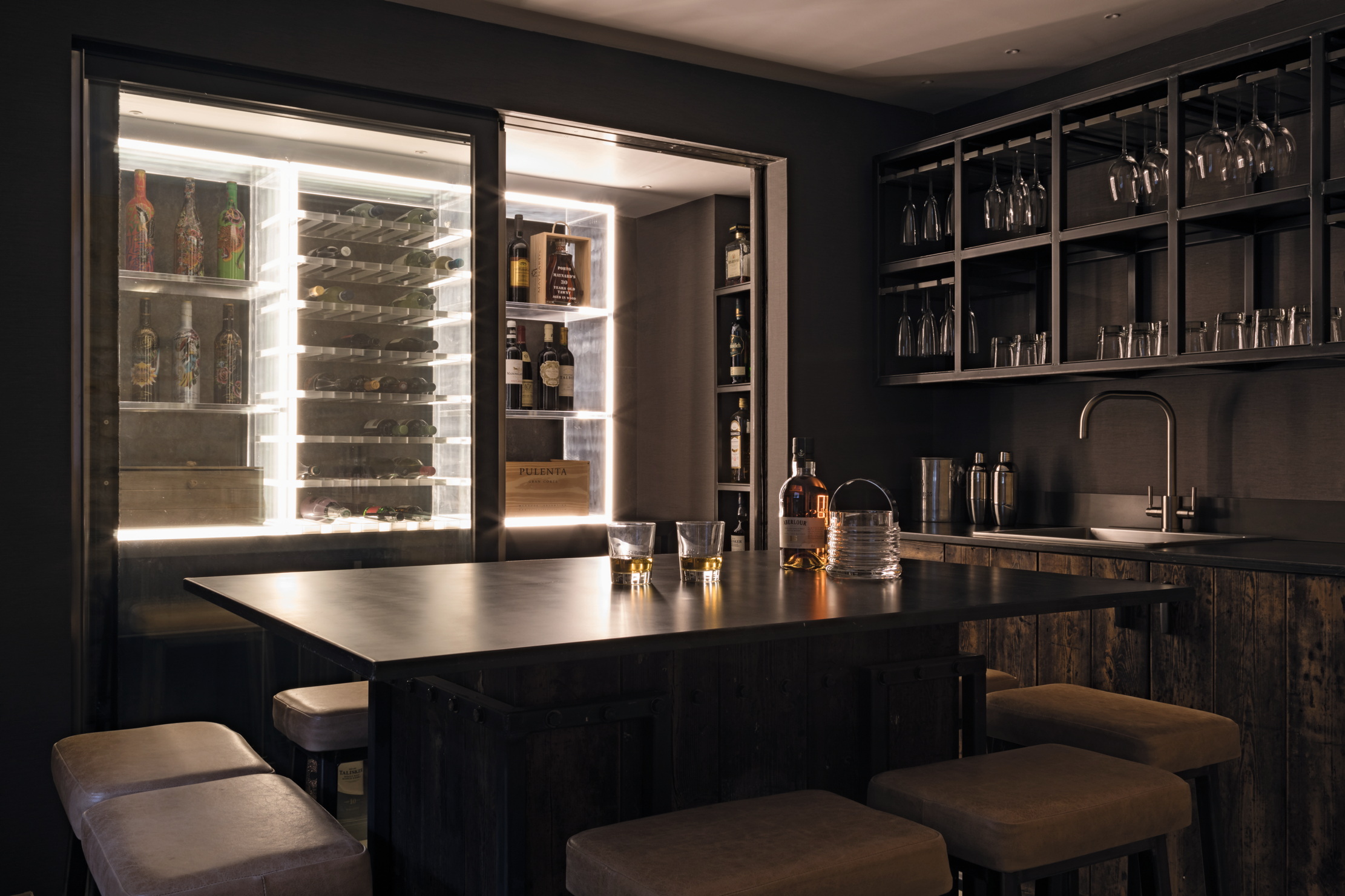
Another option is to create a tasting room, with seating to welcome guests. ‘In addition to thinking about how much wine you want to store and display, it is also a good idea to think about how you want to entertain,’ advises interior designer Pippa Paton. ‘Is the room for two people with a couple of armchairs or do you want to be able to taste wines with a group of friends, perhaps with counter stools around a tasting table?’
In this wine-and-whisky room for a house in the Cotswolds, Mrs Paton took inspiration from contemporary tasting rooms in New World vineyards, featuring Perspex shelves with integrated lighting set behind sliding glass doors, box steel shelves for glassware and cupboards made from timber floorboards, salvaged from other rooms in the house. ‘These are rooms generally used at nighttime, so a warm, dark palette tends to work well, with lots of texture from wood and leather, softening all the edges,’ she says. ‘A little glamour comes from glassware and lighting. Whereas some clients want a bar-drinks experience with good wine storage and display, connoisseurs may be looking for climate control systems,’ she continues. Such systems are typically designed by specialists to a particular size of space to ensure optimal conditions for wine.
Sign up for the Country Life Newsletter
Exquisite houses, the beauty of Nature, and how to get the most from your life, straight to your inbox.
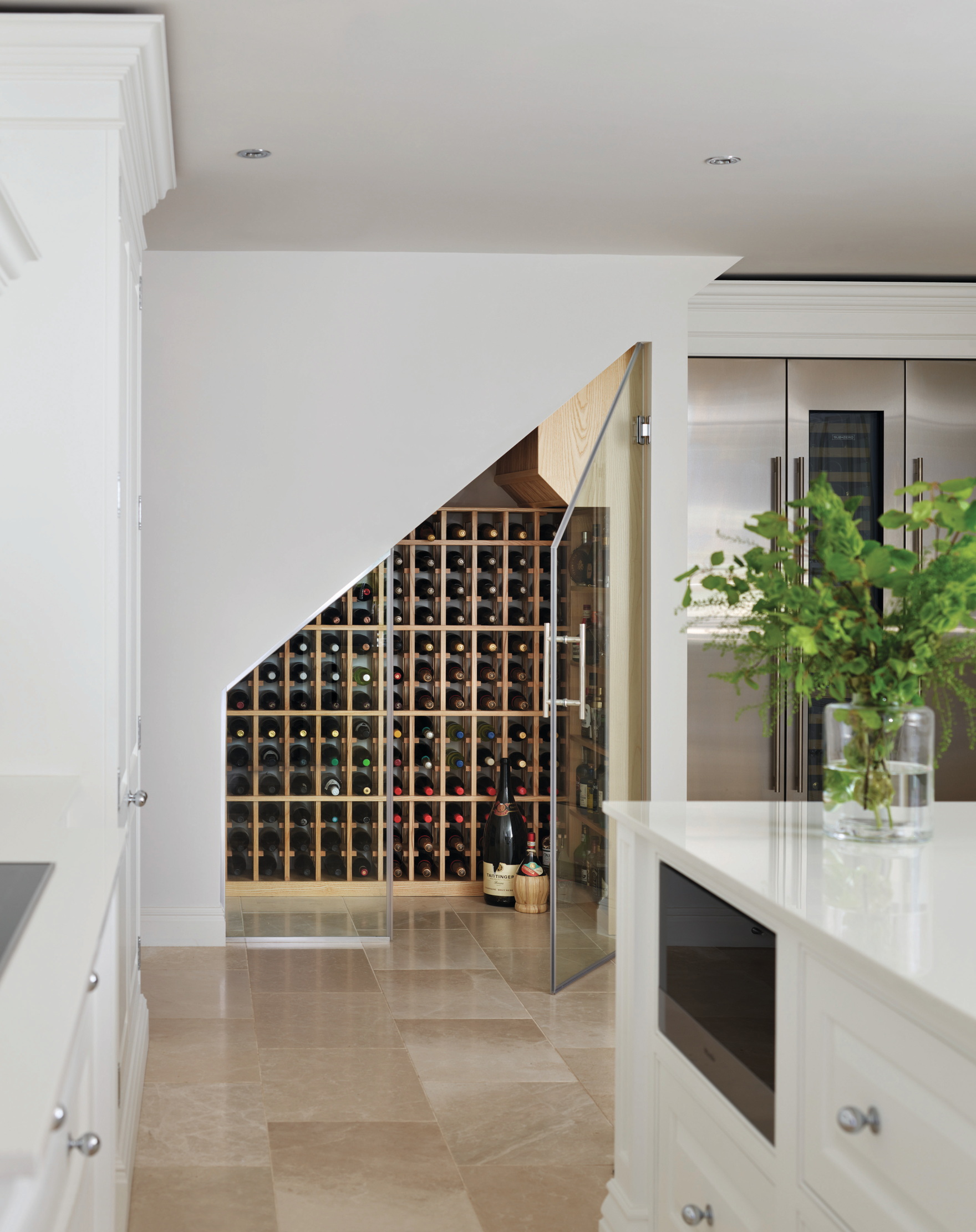
If you don’t have an entire room to devote to wine, you might choose to create a display in a section of your space — from an alcove to a space under the stairs to a Spiral Cellar showcase in the floor, or to create a wine zone in the kitchen. ‘This can make a real feature,’ says Tom Howley, creative design director of the eponymous company, which offers X-wine bins, pigeonhole storage and angled shelving for displaying bottles as part of its kitchen furniture collections. Typically used for short-term storage, they can look eye catchingly attractive and allow bottles to be stored in easy reach of the dining table or bar stools at an island.
Luxury wine-conditioning cabinets include those offered by brands such as Sub-Zero, Gaggenau, Miele, EuroCave and Elite. They are designed to keep wine in optimum condition in a stable environment, avoiding the extremes of temperature that are the main enemy of wine. Says Mr Howley: ‘High-end wine fridges offer clever features, such as different temperature zones, light protection, lockable doors and adjustable shelving to accommodate bottles of all shapes and sizes, from dessert wines to magnums of Champagne.’
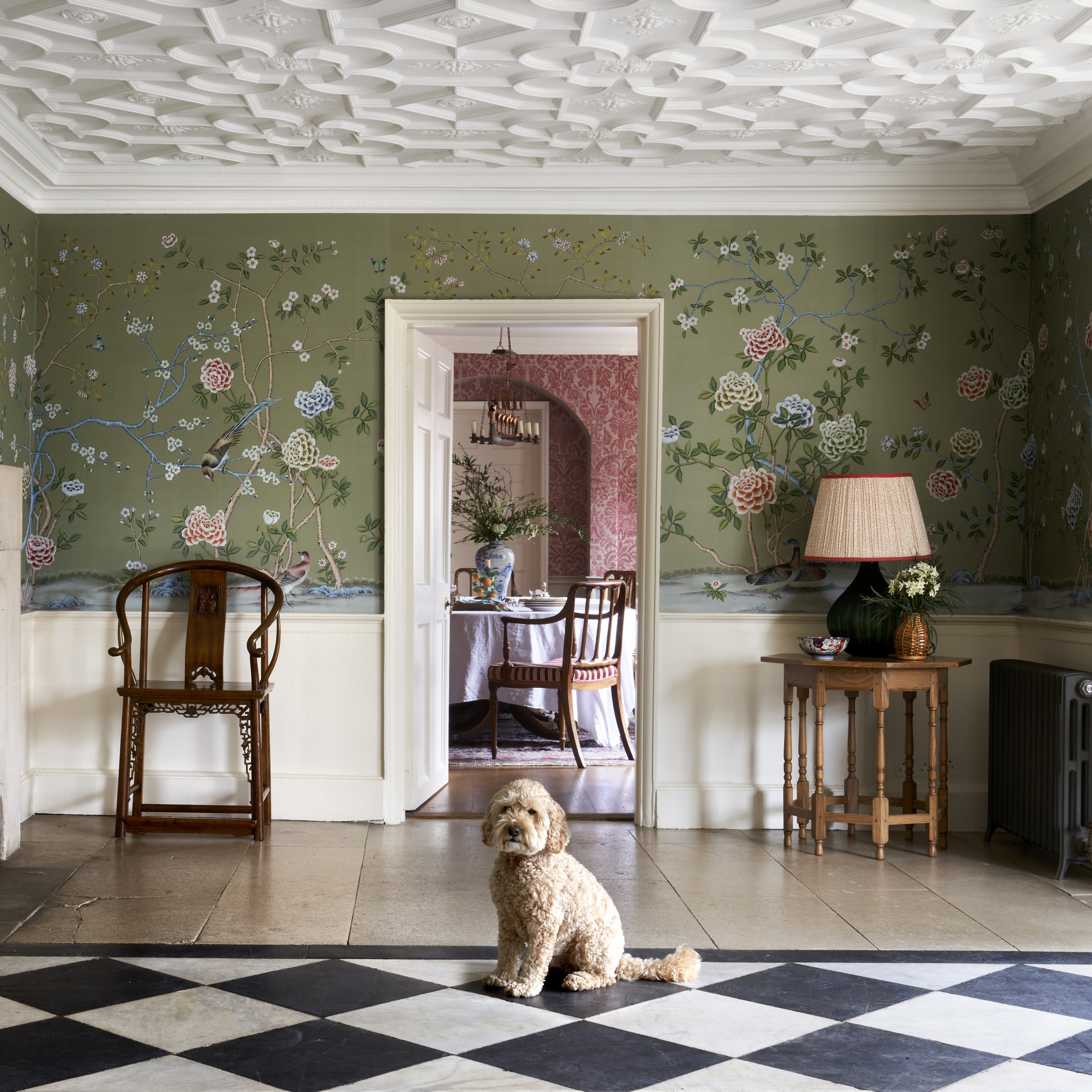
The Country Life Top 100 architects, interior designers, craftsmen, builders and garden designers in Britain
It's now six years since the original Country Life Top 100 was published, but the aim hasn't changed: we name
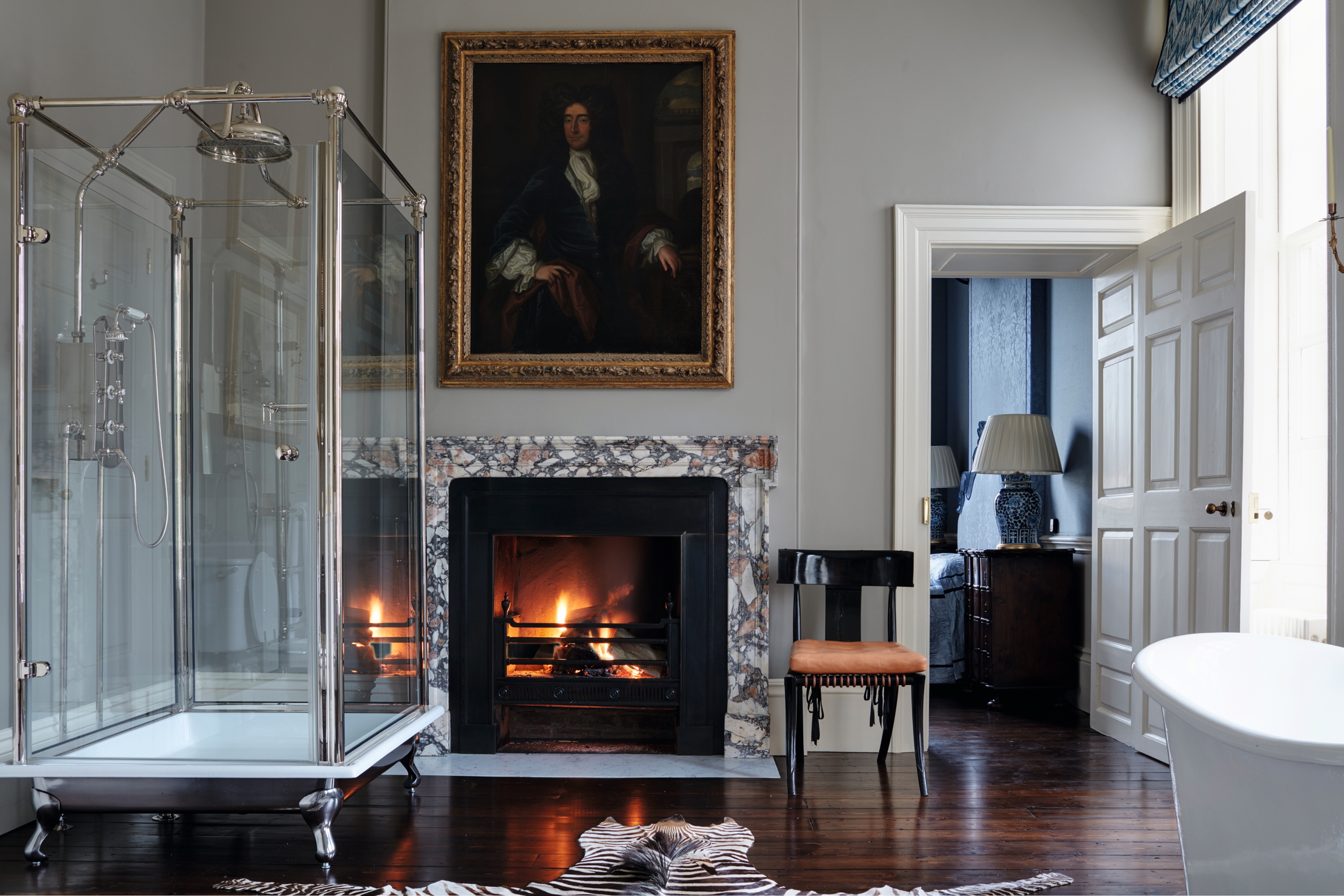
A fireplace, a painting and a free-standing shower
The restoration of a bathroom at Ven House in Somerset is sympathetic to its historic roots
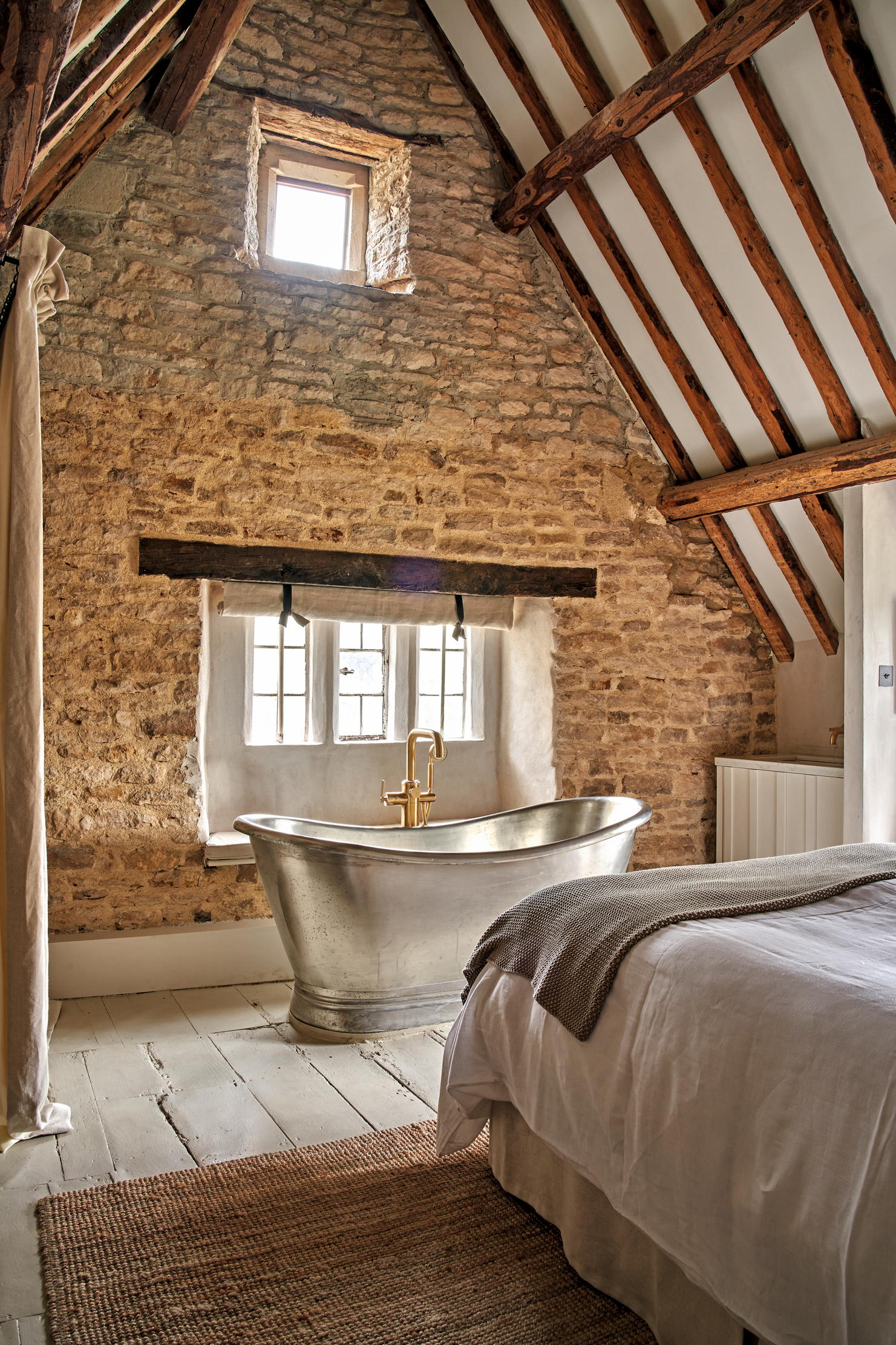
The best interior designers in Britain
Of all the decorating trends that have been in vogue over the last 50 years – be it Scandi, Minimalism
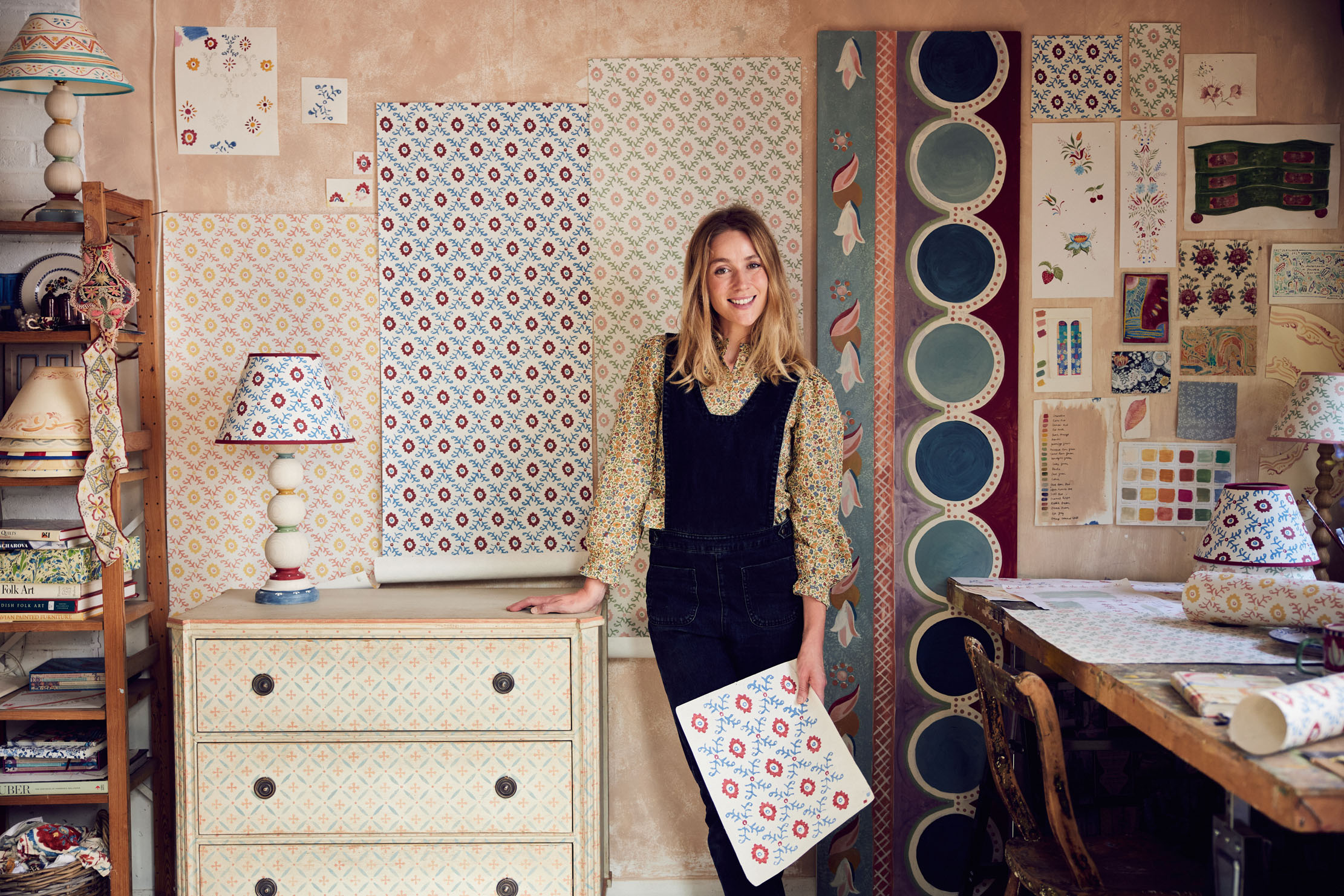
Tess Newall: 'People working from home want to feel that they are in a place that is inspiring and thoughtful'
Tess Newall has taken time off from painting murals to design a collection of wallpaper and lampshades, finds Eleanor Doughty.

Norman Foster on the Country Life podcast: 'The Green Belt is one of our greatest inventions'
Lord Norman Foster, one of Britain's great architects, joins the Country Life podcast.
Amelia Thorpe is a design and interiors journalist and regular contributor to Country Life. She spent the first half of her career book publishing, before jumping the fence to become a writer — a role that she adores. Amelia lives in London with her husband and two roguish dogs.
-
 Why British designers dream up the most desirable hotels
Why British designers dream up the most desirable hotelsWhen it comes to hotel design, the Brits do it best, says Giles Kime.
By Giles Kime Published
-
 The five minute guide to 'The Great Gatsby', a century on from its publication
The five minute guide to 'The Great Gatsby', a century on from its publication'The Great Gatsby' sold poorly the year it was published, but, in the following century, it went on to become a cornerstone of world literature.
By Carla Passino Published
-
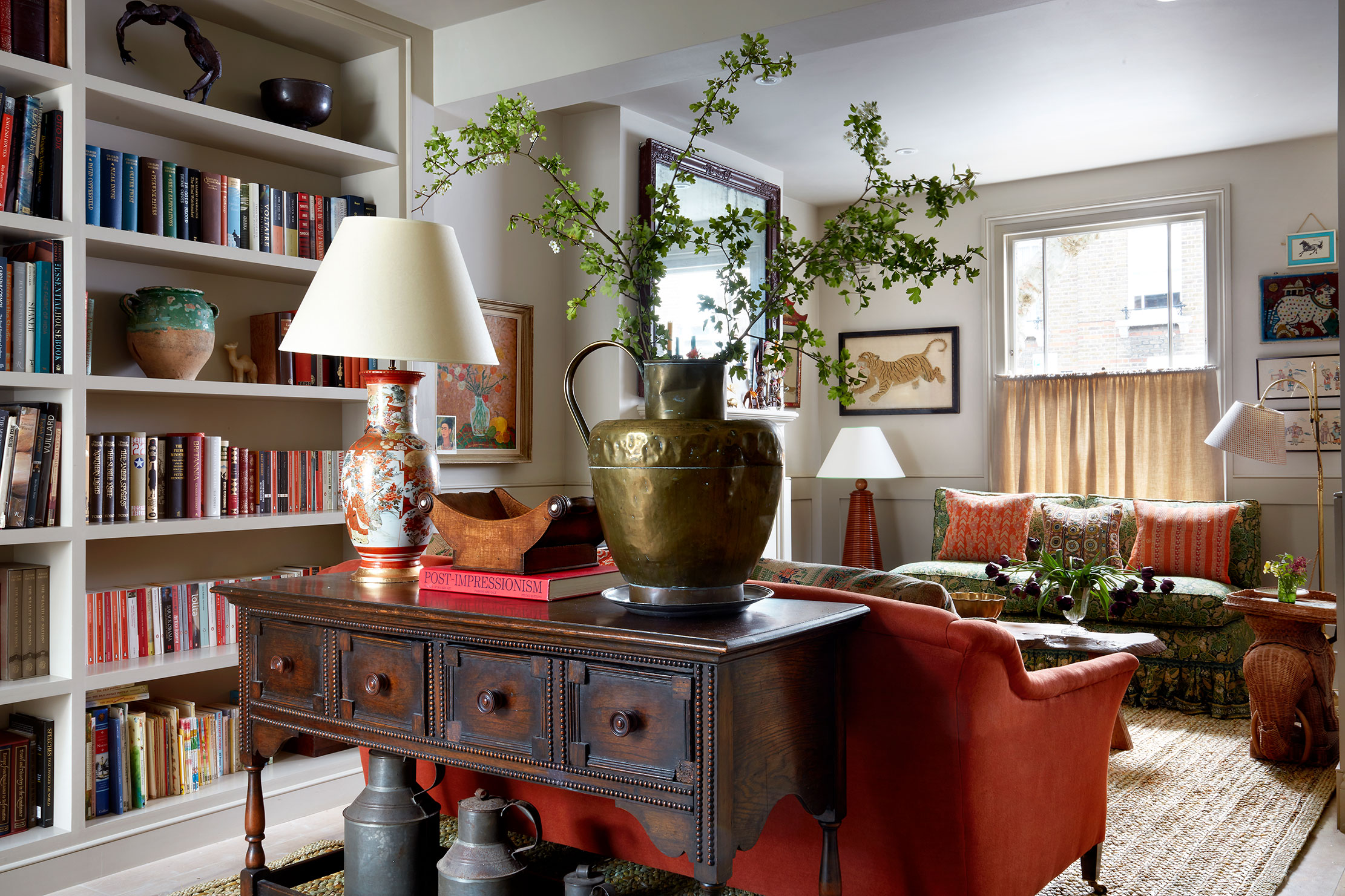 Injecting colour, pattern and character into a once-plain sitting room
Injecting colour, pattern and character into a once-plain sitting roomBooks, art and textiles transformed a once-characterless space into a warm, inviting sitting room.
By Arabella Youens Published
-
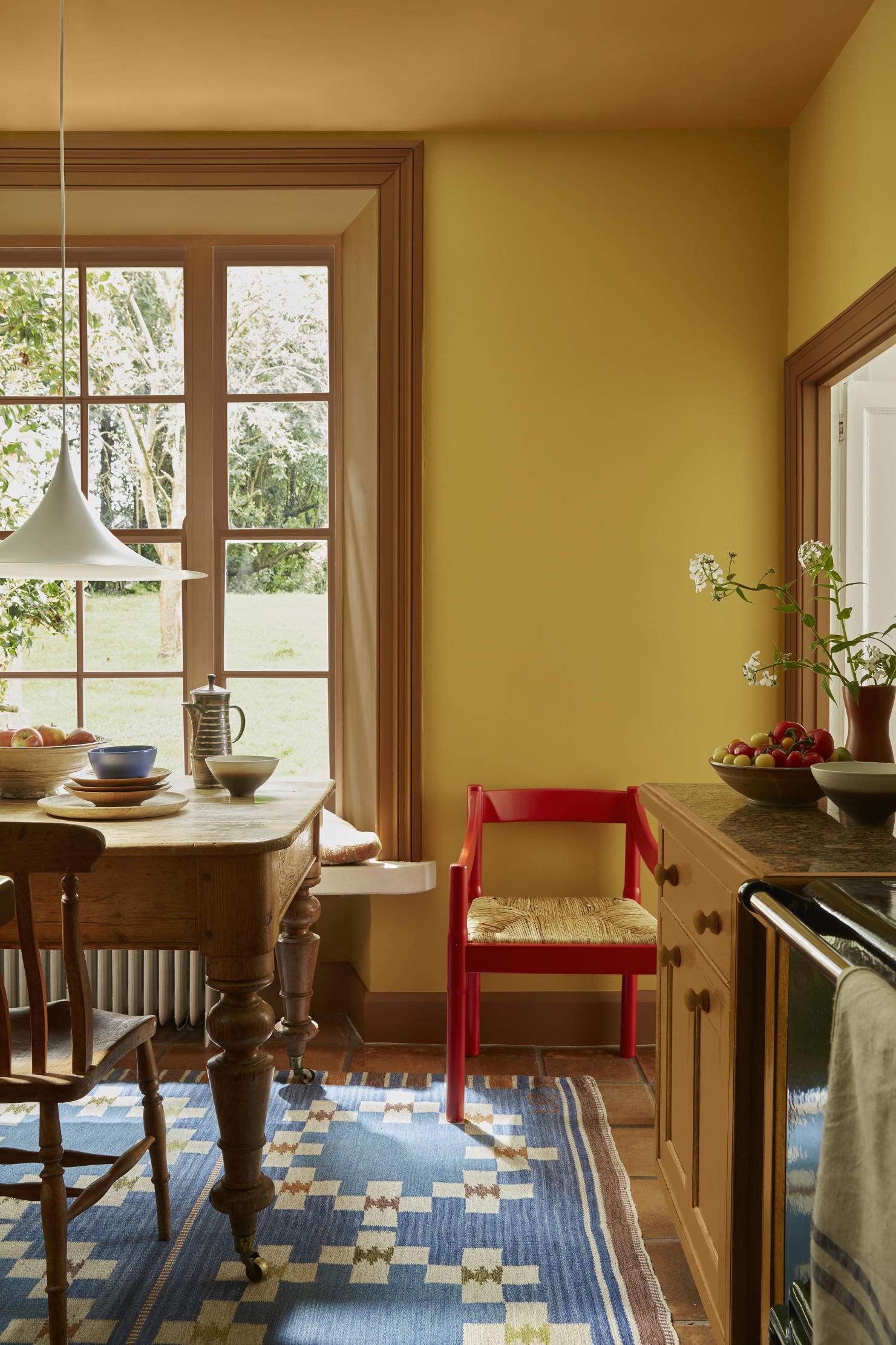 Say no to boring walls: Six choices of paint and paper which will get people talking
Say no to boring walls: Six choices of paint and paper which will get people talkingAmelia Thorpe picks out some glorious alternatives to just painting everything white.
By Amelia Thorpe Published
-
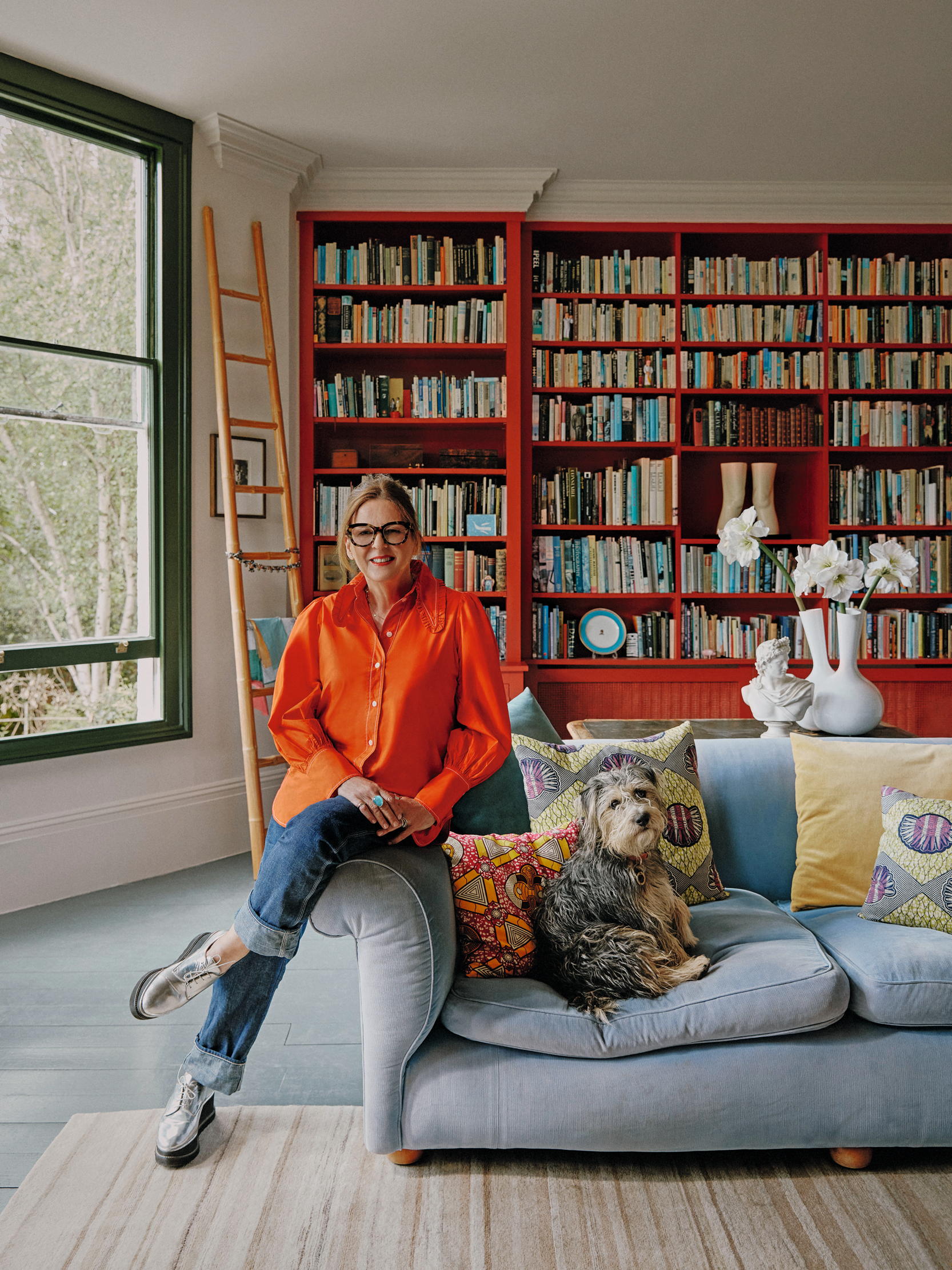 'Not cheap... but cheaper than a divorce lawyer': Why it pays to hire a consultant to choose the perfect paint colour
'Not cheap... but cheaper than a divorce lawyer': Why it pays to hire a consultant to choose the perfect paint colourDriven to distraction by paint charts? A colour consultant could be the answer for anyone befuddled by choosing the right hue, says Giles Kime.
By Giles Kime Published
-
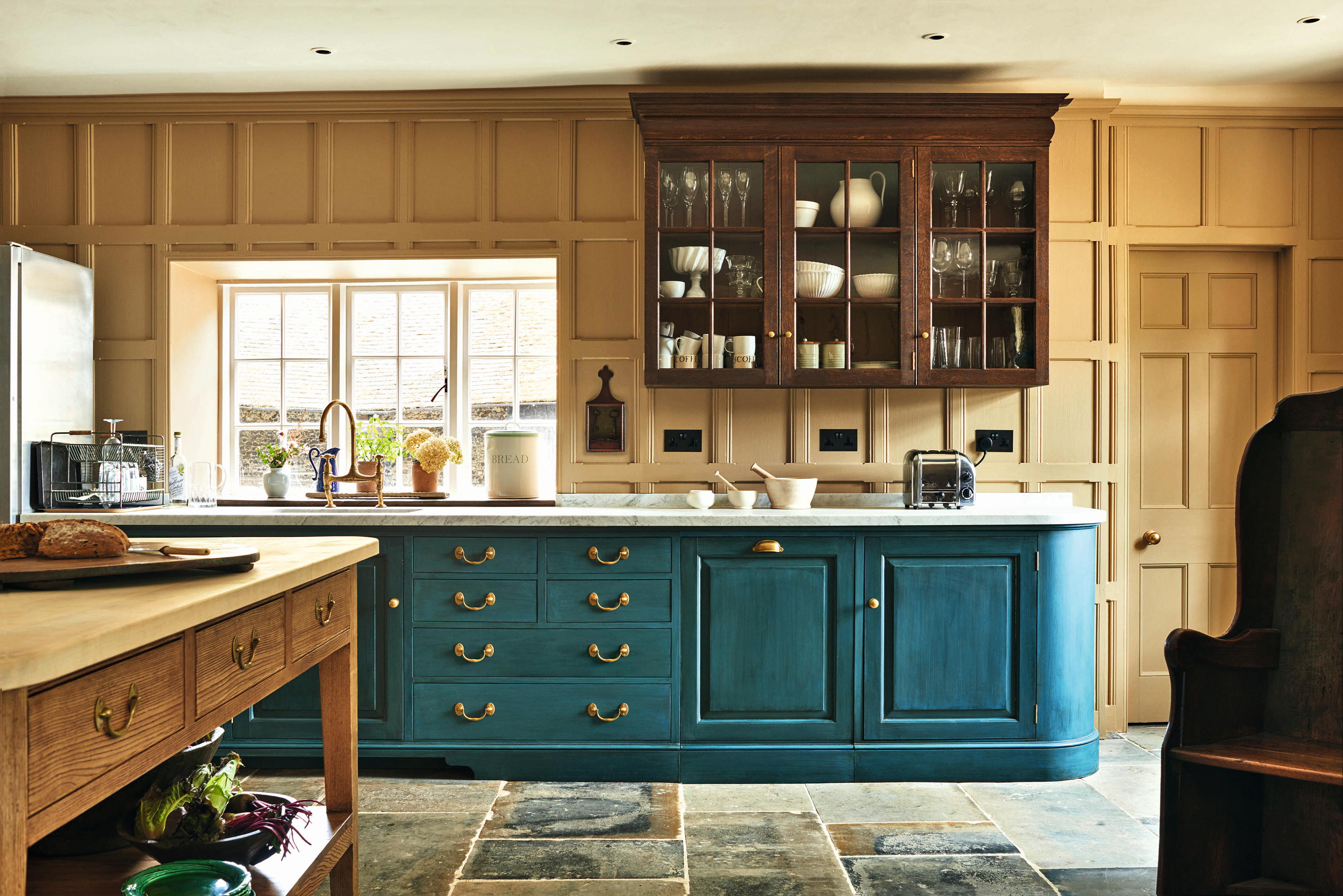 The best interior designers in Britain
The best interior designers in BritainThe classic English Country House style is as relevant today as it's ever been — with the best in the business mastering the art of blending a timeless look with the needs of modern life. Here's our pick of the best interior designers in Britain.
By Country Life Last updated
-
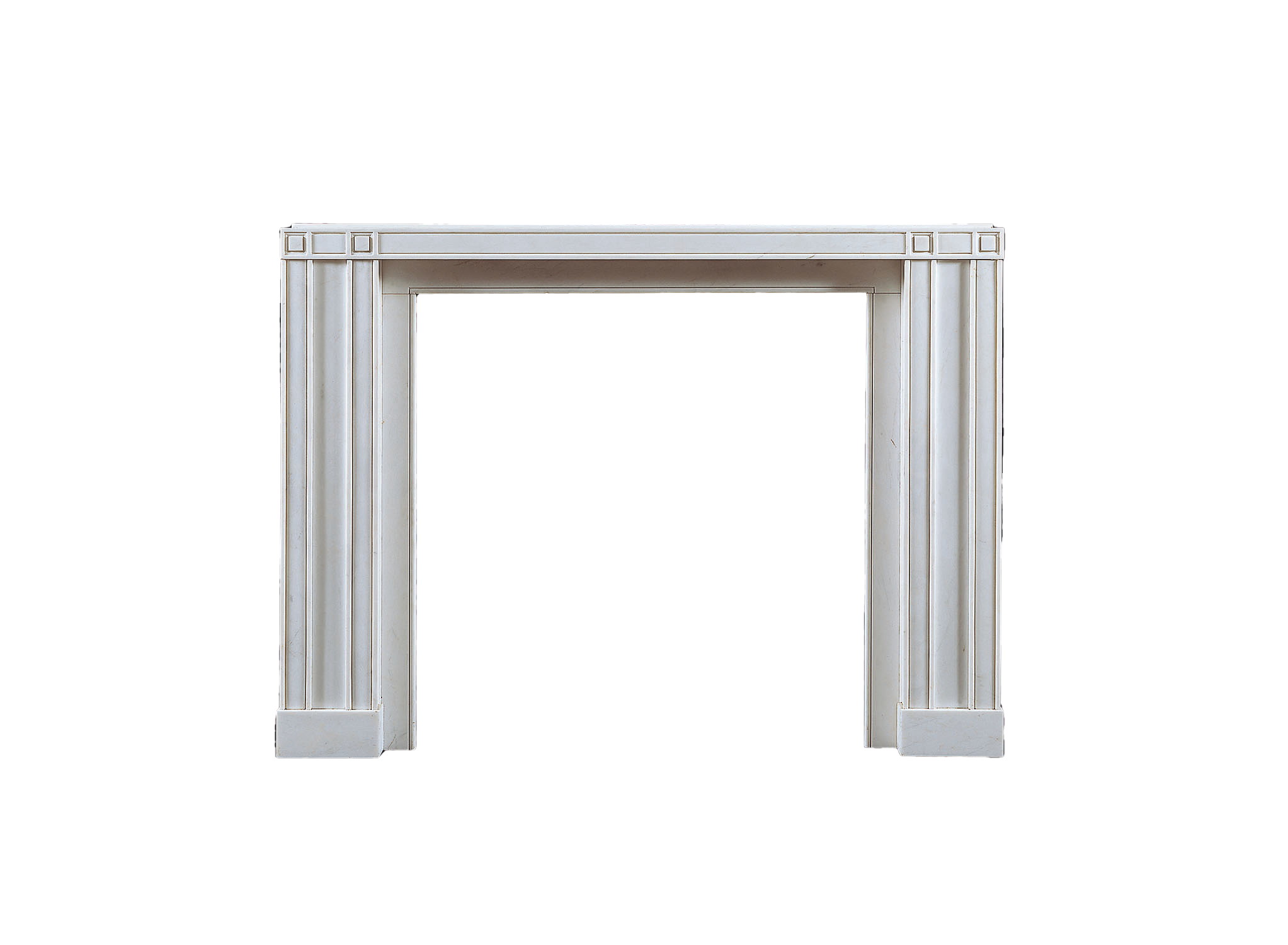 The chimneypiece by Sir John Soane that still inspires designers to this day
The chimneypiece by Sir John Soane that still inspires designers to this dayThe reductivist simplicity of a chimney piece designed 200 years ago by Sir John Soane explains the architect’s reputation as a founding father of Modernism.
By Matthew Dennison Published
-
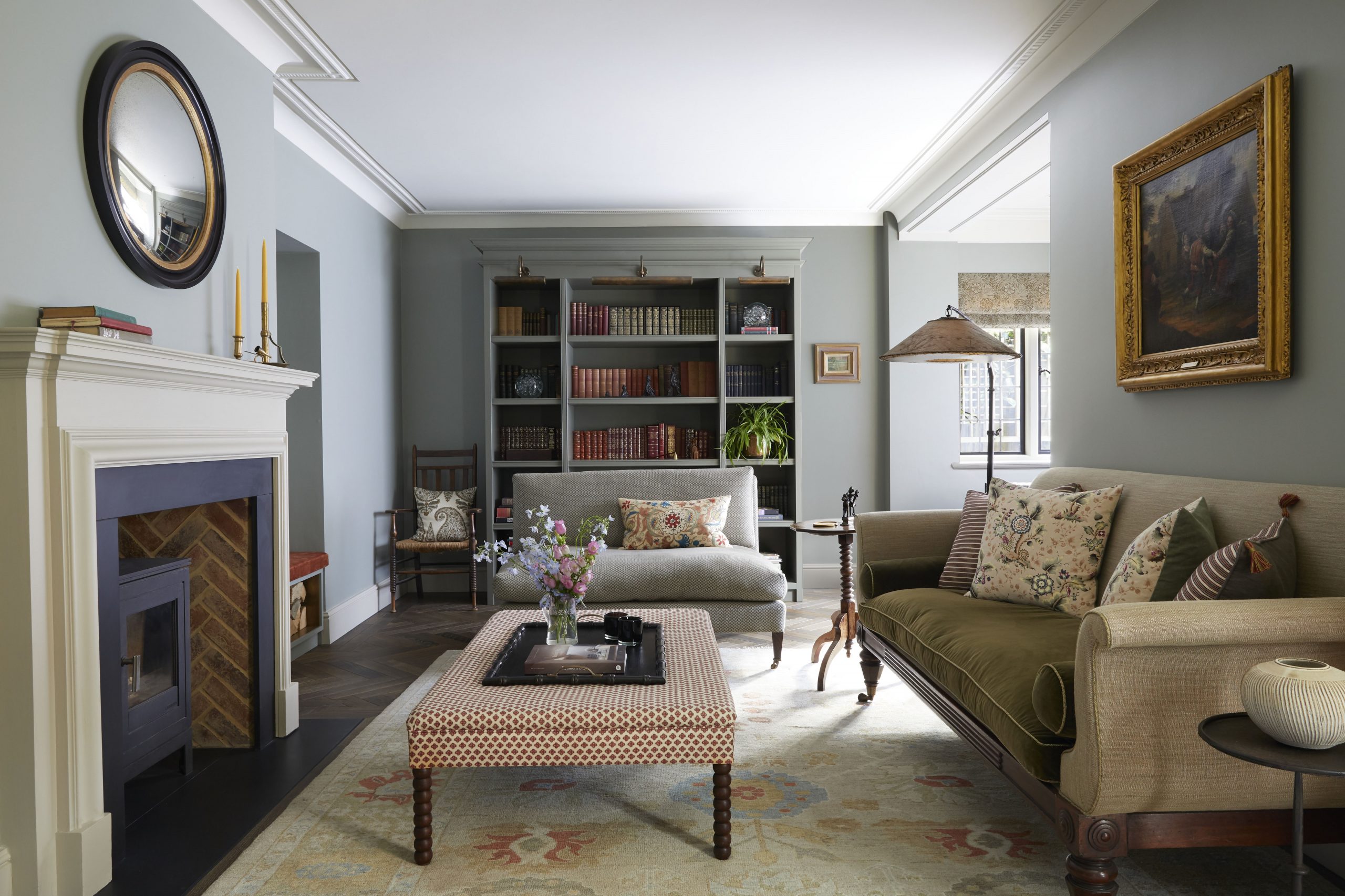 The secret to transforming an awkwardly shaped room
The secret to transforming an awkwardly shaped roomCave Interiors turned the awkwardly shaped sitting room of an Edwardian house into a warm and welcoming space.
By Arabella Youens Published
-
 A gloomy kitchen entirely re-created as a cosy living space
A gloomy kitchen entirely re-created as a cosy living spaceWhen Nicole Salvesen and Mary Graham were asked to redecorate a country house in Berkshire, the first task was to turn a dark space into a colourful sitting room.
By Arabella Youens Published
-
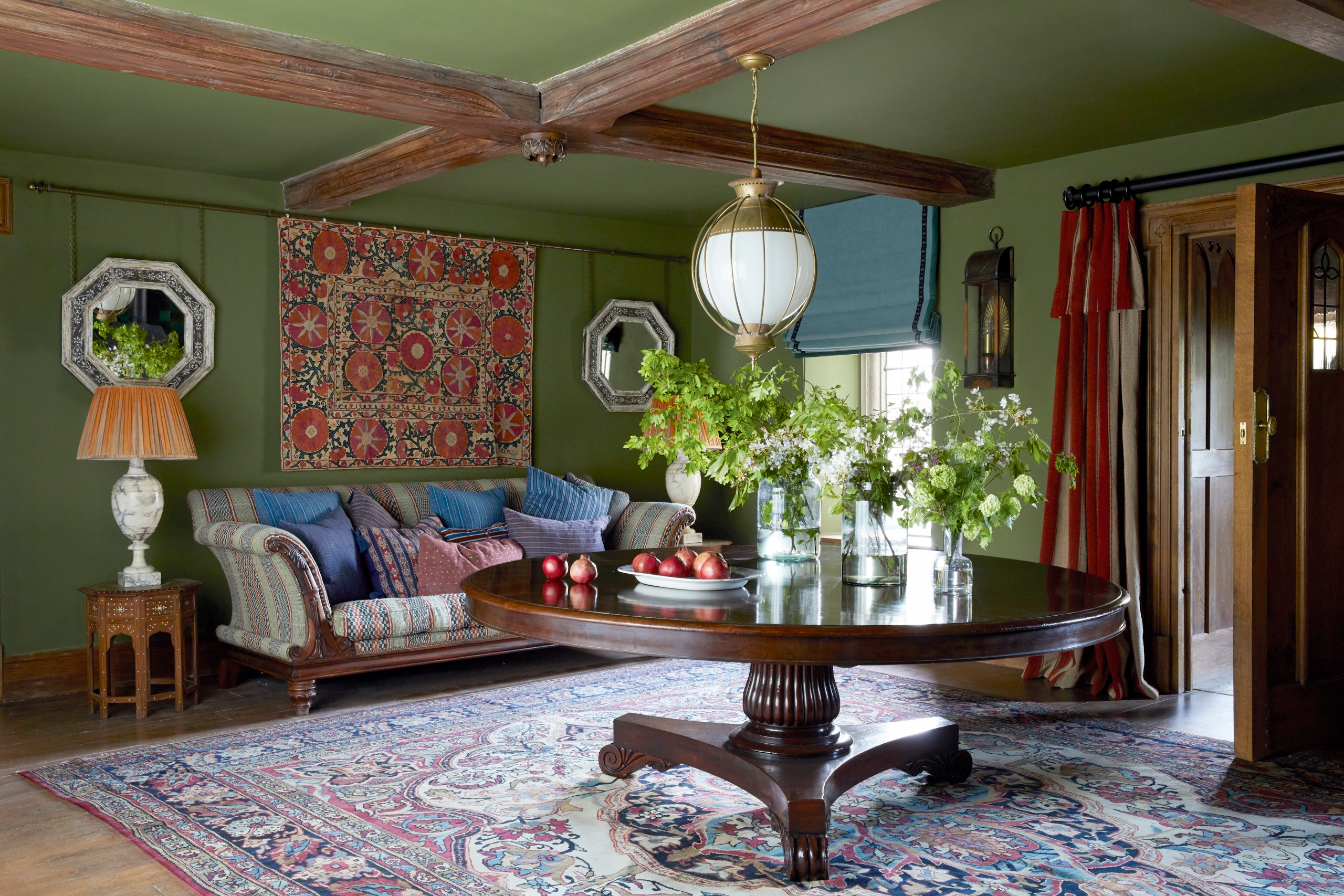 A living room that's a lesson in how to restore lost character in a historic space
A living room that's a lesson in how to restore lost character in a historic spaceNicola Harding used rich colours and textures to enhance the historic character of a Jacobean house in Berkshire.
By Arabella Youens Published